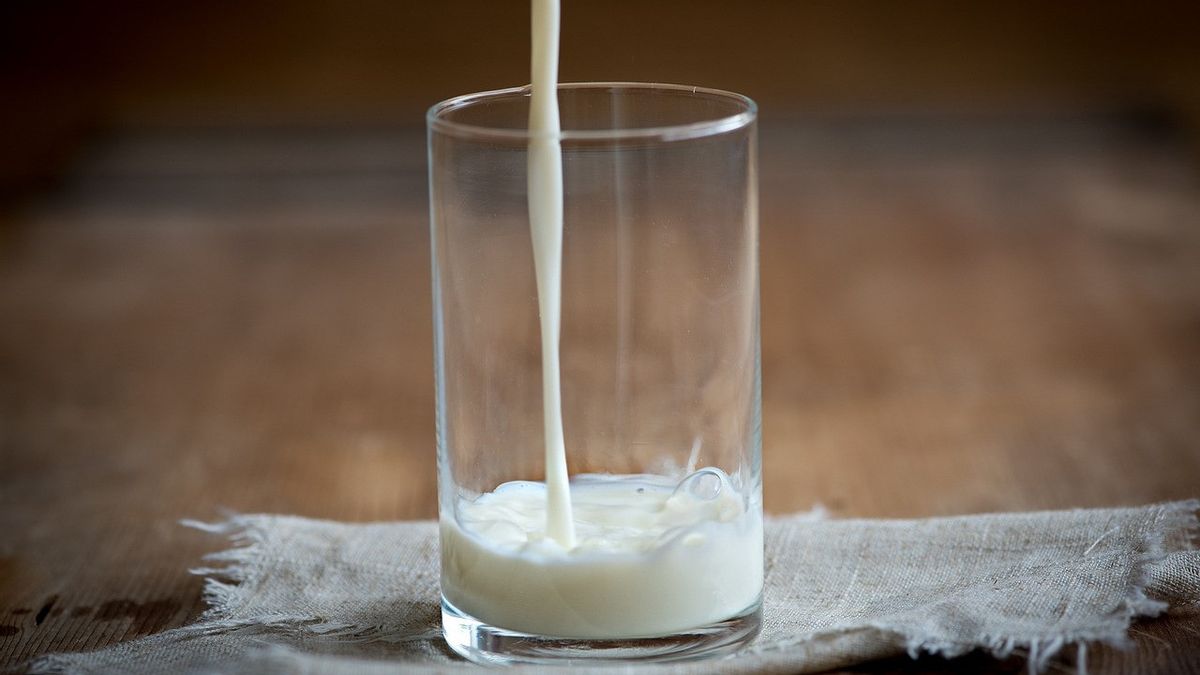YOGYAKARTA Fish milk is proposed as an alternative cow's milk in the Free Nutrition Food program launched by the elected government of Prabowo Subianto-Gibran Rakabuming Raka. So, what is fish milk? What is the comparison between fish milk and cow milk?
Compiled from various sources, fish milk is a fish protein-based product that is processed to look like milk.
Although it is called susu fish' this product does not actually come from milk glands such as cow's milk or goat's milk, it is obtained from the extraction of fish protein.
Fish milk is available in liquid form and can be drunk directly or used as a raw material for the manufacture of other food products.
Fish milk produced from the extract of fish meat is a type of milk that contains high protein levels. However, the content and quality of the amino acid varies depending on the manufacturing process.
In cow's milk, there are all types of essential amino acids that the body needs.
Proteins in cow's milk, such as Jasein and whey are easy, easy to absorb by the body and useful for muscle growth, tissue repair, and maintaining endurance. In 100 milliliters of cow's milk is protein of 3.2-3.4 grams.
Fish milk is said to be rich in omega-3 fatty acids. This content is very beneficial for the health of the heart and brain.
However, the concentration of omega-3 and its distinctive taste can make fish milk less attractive for daily consumption.
In cow's milk, it contains saturated fatty acids and essential fatty acids. Examples are linoleic acid and alpha-linolenic origin.
In addition, cow's milk also contains short and very short chain fatty acids that are easy to digest.
The fat content in cow's milk has many health benefits, such as increasing energy metabolism and maintaining gut health.
Estimates the amount of fat in cow's milk is 3.25-4 percent, tergantug type (full, low fat, or skim).
Fish milk contains calcium and some essential minerals that are good for bone health and metabolic function. However, this type of milk does not specifically offer higher calcium advantages such as cow milk.
In cow's milk, the calcium content ranges from 120 milligrams per 100 milliliters. In addition, there are still a number of other minerals such as phosphorus, magnesium, and potassium that play an important role in nerve function, muscle contraction, and fluid balance.
In terms of micronutrient content, fish milk can be a source of vitamins A and D, especially if it comes from fatty fish such as salmon. However, the availability and effectiveness of these vitamins can vary depending on the production process.
While cow milk contains vitamin B12, vitamin B2 (riboflavin) which is very important for the health of the nervous system and the formation of red blood cells. Cow milk also contains vitamin D which can help absorb calcium.
Fish milk does not contain lactose so it is suitable for children who have intolerance to lactose or cow's milk allergies.
While cow's milk contains about 4.7 percent lactose, the natural sugar found in cow's milk. Even so, currently, lactose-free cow's milk is available for those who are sensitive to milk.
SEE ALSO:
When compared in terms of protein, fat, calcium, and micronutrient content, cow's milk is superior to fish milk.
The nutritional content found in cow's milk is difficult to replace by other products, especially for child growth and bone health. Meanwhile, fish milk, although rich in omega-3, is not yet very popular as a common alternative source of milk.
This is information about the comparison of fish milk with cow's milk. Get other news updates only on VOI.ID.
The English, Chinese, Japanese, Arabic, and French versions are automatically generated by the AI. So there may still be inaccuracies in translating, please always see Indonesian as our main language. (system supported by DigitalSiber.id)
















